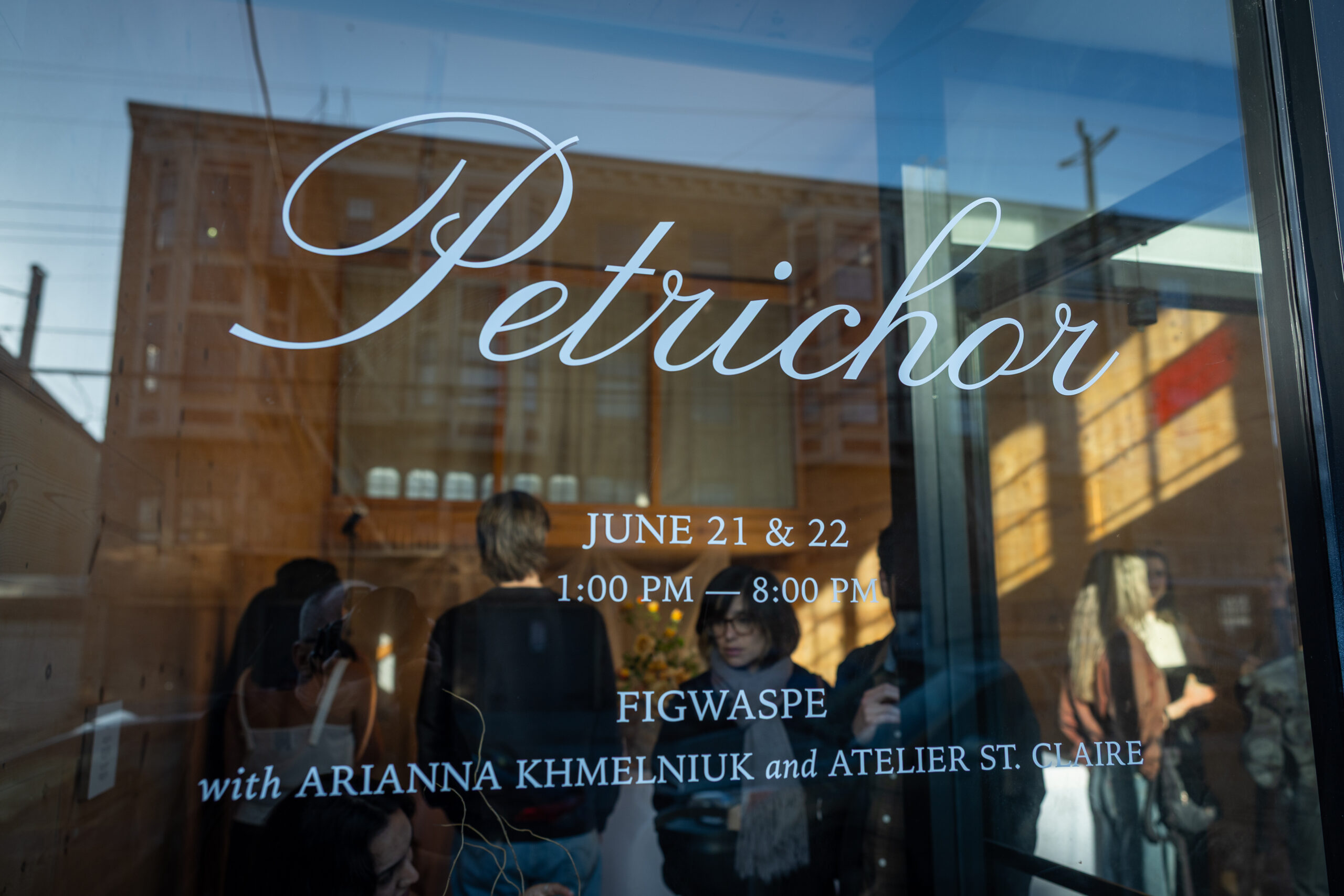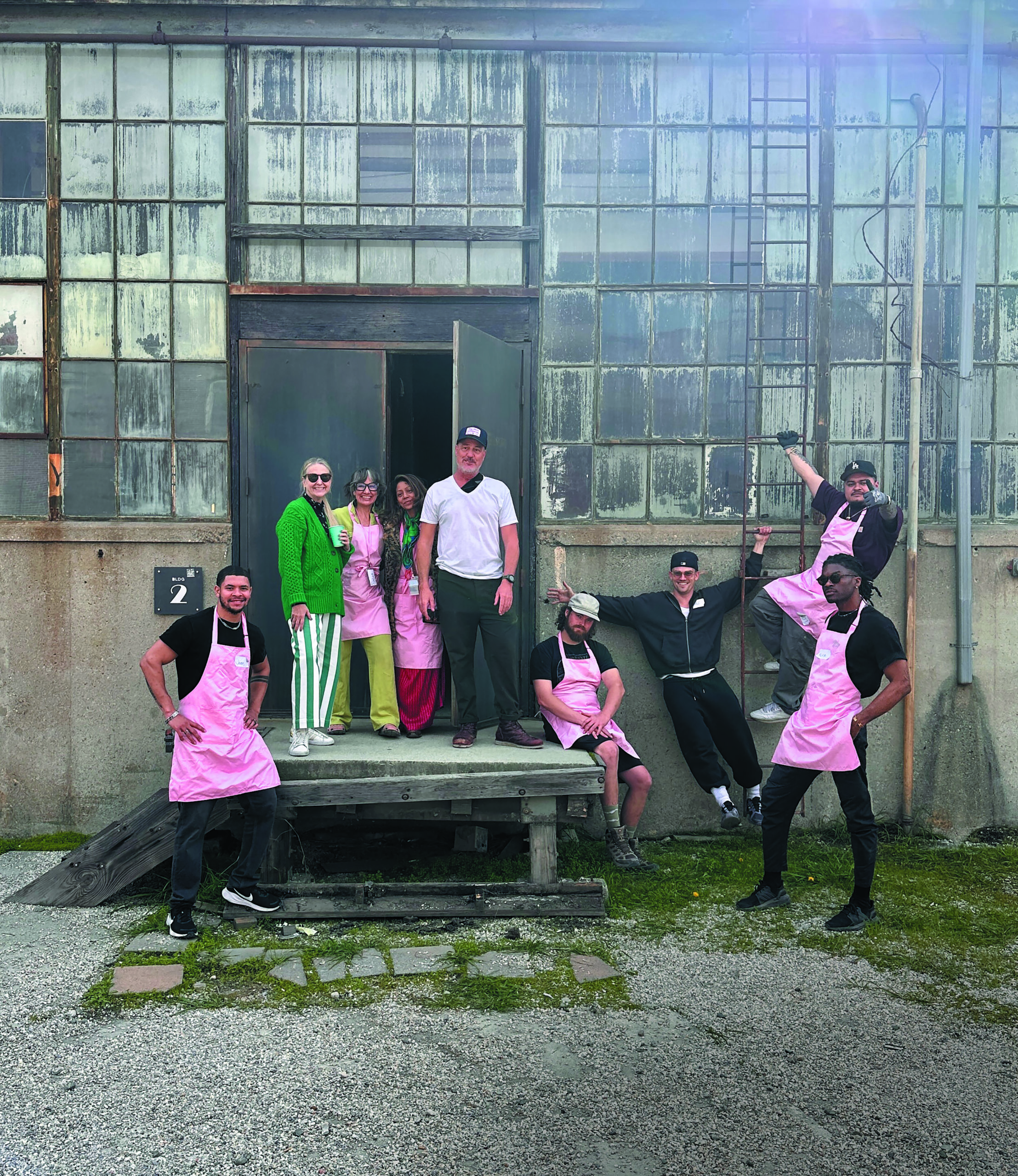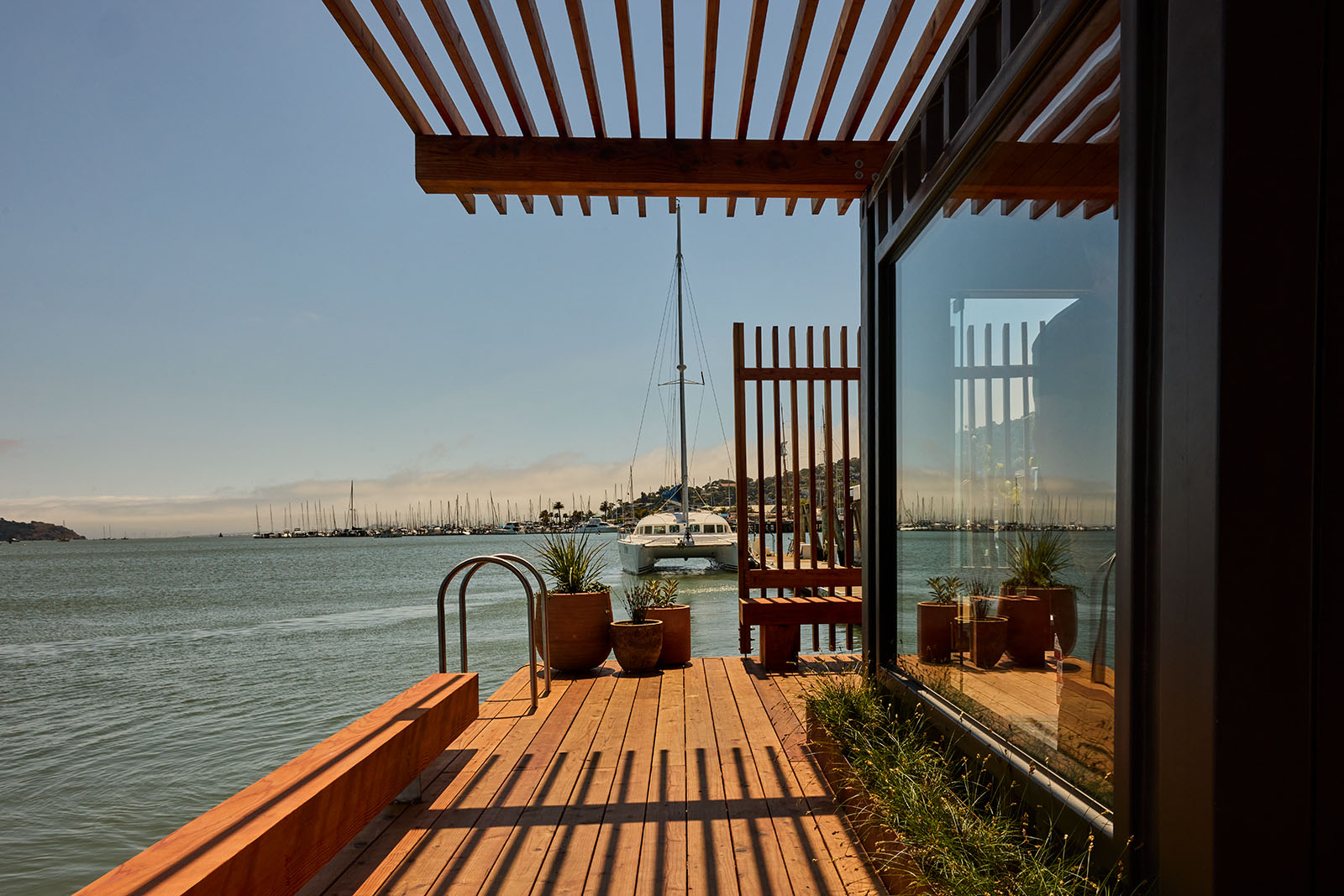Tailor Made
Author:Lindsey ShookDesigner Cynthia Spence on her process and the future of design

Guided by a strong intention to curate homes that are highly reflective of the inhabitants, designer Cynthia Spence’s work is infused with thoughtfulness. Her ability to ingrain nature into her work and support local artists and manufacturers coupled with a dynamic background in business has created a very unique design process and perspective. Here, she shares more about her approach to the craft and how it was applied inside this 4,000-square-foot home in Los Gatos.
–Why did you choose to become a designer after previous careers in technology and marketing? Branding played a big role in my marketing roles. It is a practice that is tailored specifically to a product, and now, part of what I do is brand my clients’ homes, making it specific for them. What led me in this direction was my fatigue with the corporate grind coupled with the renovation of my own home. It was an accidental realization of discovering that the design process fulfilled me. My story is not that unusual. I didn’t go to design school, but the ability to do this lies in that you have it or you don’t. And my business acumen helps tremendously.

-How does living in the Bay Area shape your work? It’s funny, I often observe the maximalist trends and don’t gravitate toward it. I personally am very influenced and inspired by breathtaking nature here and the contrast in topography. It lends itself to how I like to mix material and color.

–What is unique about your design process? My guiding principle is to design for the individual versus myself. Many designers say that; however, the common thread in my work is that I tailor properties specifically for the client. I achieve this by getting to know my clients well and not using the same elements over and over again. I remain loyal to artists and vendors but work with them to customize pieces for my clients.
–How was that applied to this project in Los Gatos?
Thinking about how they would use the house was always top of mind. This is a family with grown kids who returned home and a mother who is from a very big family with a passion for entertaining. Knowing who they are at their core guided the design. For instance, I ensured the dining room had spacious areas where she could extend the dining table or bring in additional tables. When planning the indoor/ outdoor areas, I thought how they might become overflow for the dining areas. Even before the pandemic, I felt everyone needs a corner to retreat to and call their own. In this U-shaped house, one side is open and wraps around an impressive old tree, while the other holds the sleeping quarters, office and bathrooms.

–How does this project reflect your style? I feel with this home you see the art of the edit. It is evident that I like to mix materials. Like in the kitchen and family room, I incorporate a variety of metals with the placement of bronze pendants and chandeliers customized by Fuse Lighting with a matte steel fireplace. I stray away from a strong use of pattern, but when I do, it’s graphic or global. In this case, I introduced graphic elements in the tile. Every room has a little touch, like the ombré drapes in the dining room and the playful terracotta tile by Tabarka Studio found in the bathrooms and kitchen.
–We admire your support of local showrooms and artisans. What in this project is sourced locally? Most of the light fixtures are by Paul Ferrante and Fuse Lighting, sourced from Hewn. I used Da Vinci marble for all of the tile and slab selections and JB Tile & Stone for installation. Most of the fabrics are from Sonoma-based textile artist Michelle Pereira and all of the casegoods are custom made by local vendors.

–What do you think the future of design looks like? At the beginning of the pandemic I really contemplated this. We all have different audiences and my audience is Gen X and older. I am not designing their first home; rather I am working on their second or third home. These clients understand the value of a designer not only for access to resources but for knowledge of scale and mix. I feel the future of design will take on a much more personal direction and less of a designer-imposed process. We will all listen to clients more and design for what suits their lives. The pandemic has made the home way more valuable, leading designers to be more engaged in the overall planning of indoor and outdoor spaces.












